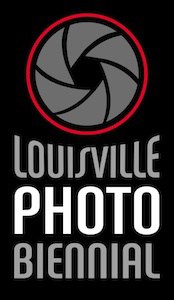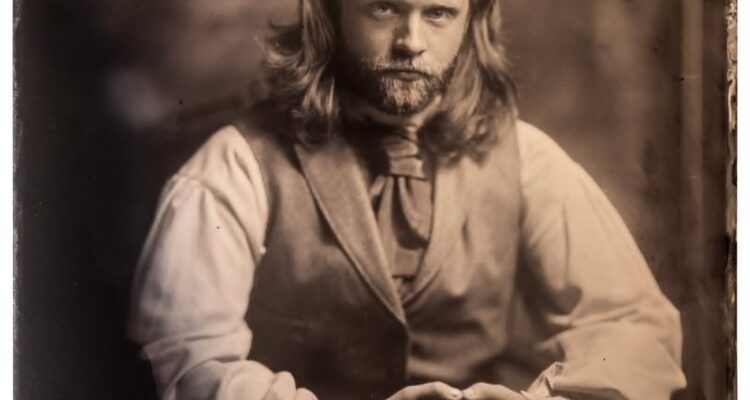
308 St. Clair Street
Frankfort, KY 40601
(502) 352-7469
Website: grandtheatrefrankfort.org
Hours: Monday – Friday: 10am – 3 pm, or By Appointment and during Theatre Events
Atmospheric!
Featuring Tom Baril & Mark Cornelison
Dates: September 5 – December 3, 2025
Events: Opening Reception September 5, 5-7pm
Stewart Gallery Dedication September 30, 1-4pm
Contemporary American photographer Tom Baril (b. 1952) is based in New York City. His photographs are meticulously captured, moody, and evocative. These poetic images, created using wet plate collodion negatives and Polaroid negatives, are imbued with a quiet, lyrical sensibility. The printer for famed photographer Robert Mapplethorpe, Baril honed important techniques that influence his own work. Baril’s photographs are held in the collections of the Brooklyn Museum, the LA County Museum of Art, and the Museum of Fine Arts Boston among others. The images in this exhibit are drawn from the Paul Paletti Gallery Collection.
A photojournalist for over 25 years, Lexington photographer Mark Cornelison has developed a passion and an expertise in tintype portraiture. Tintypes are also based on the wet-plate collodion process, which dates back to the 1850’s and was popularized during the Civil War. Each tintype is a unique image created by light and silver on a blackened metal plate. Known for its detail and dark, rich tonality, Cornelison’s images are ethereal, haunting and unpredictable.
Wet-Plate COLLODION: Invented in 1851 by Frederick Scott Archer, wet plate collodion was the dominant photographic process from about 1860 to 1875. It involves coating a glass plate with a clear sticky film of collodion (the same material used to make New Skin, a liquid bandage). The plate is then dipped in a chemical solution resulting in the formation of light sensitive silver iodide.
The most significant drawback to the process was that if the emulsion dried out, it lost its sensitivity to light. So the photographer had to set up his camera and tripod, and then sensitize the plate, expose it in the camera, and develop it in a dark room or tent, all before the plate dried. Hence, the name “wet plate”.
Working in the field with this process requires a large format camera and tripod, a portable darkroom with trays, sensitizing bath, glass plates, collodion, processing chemicals, and water. Cold weather work is difficult because the collodion can freeze, and in hot weather the collodion might not set firmly on the glass, or might dry out during long exposures.

